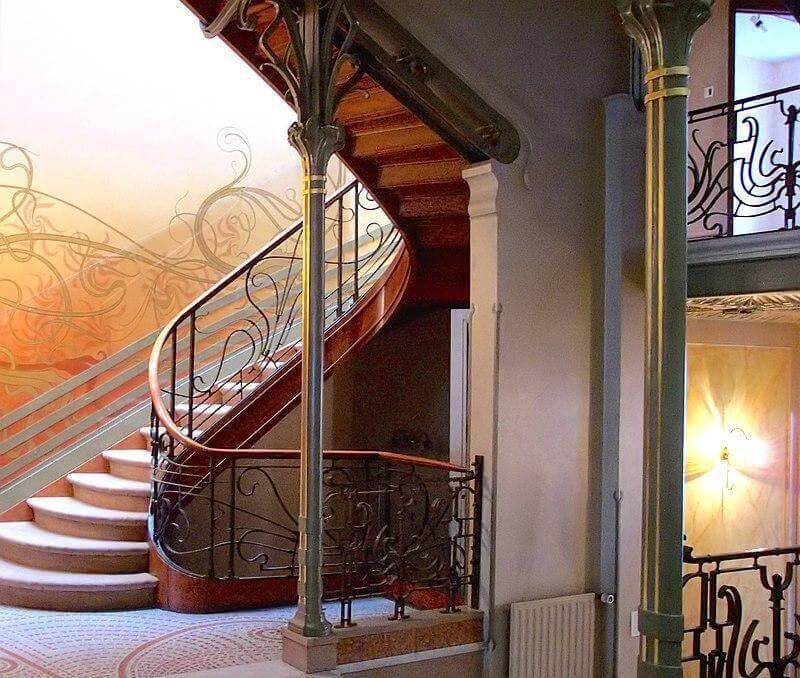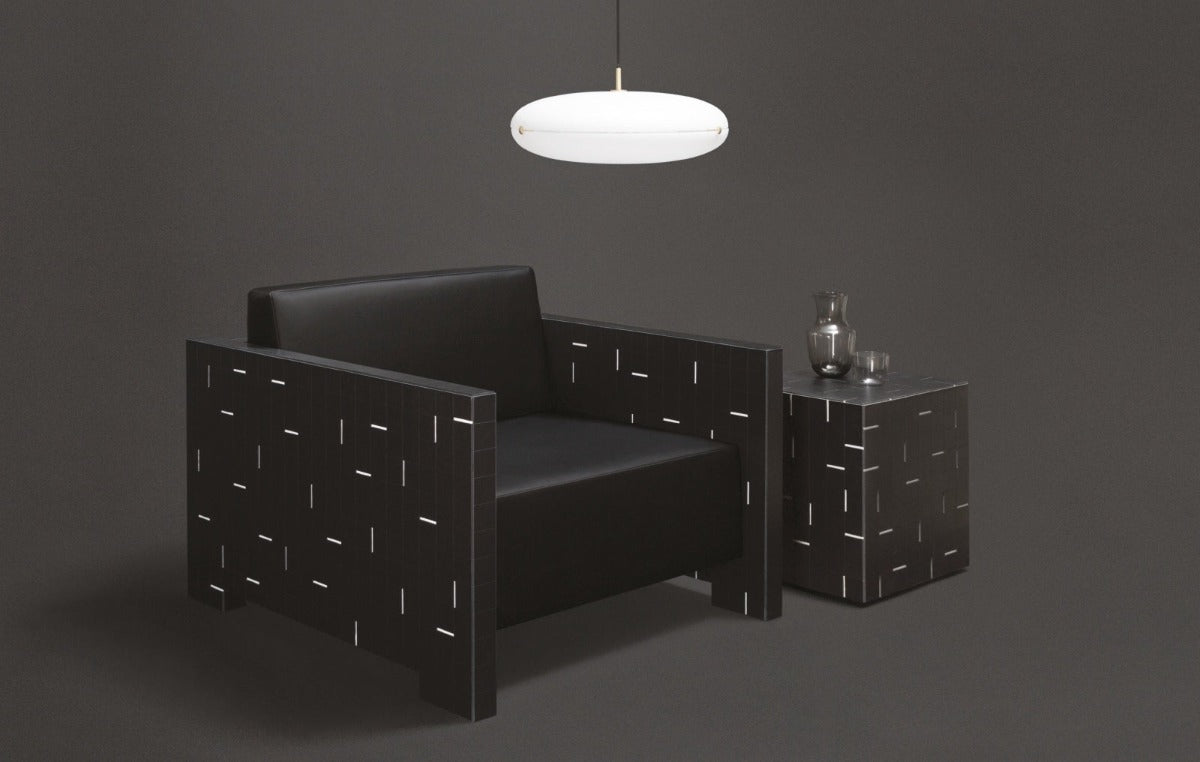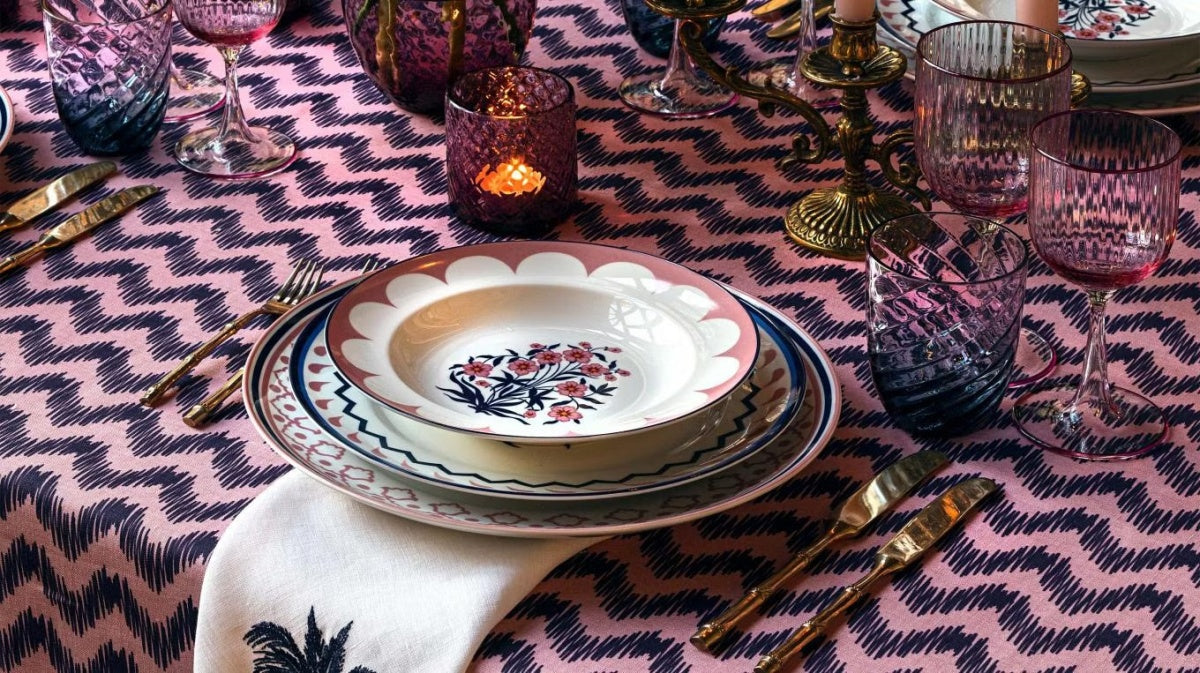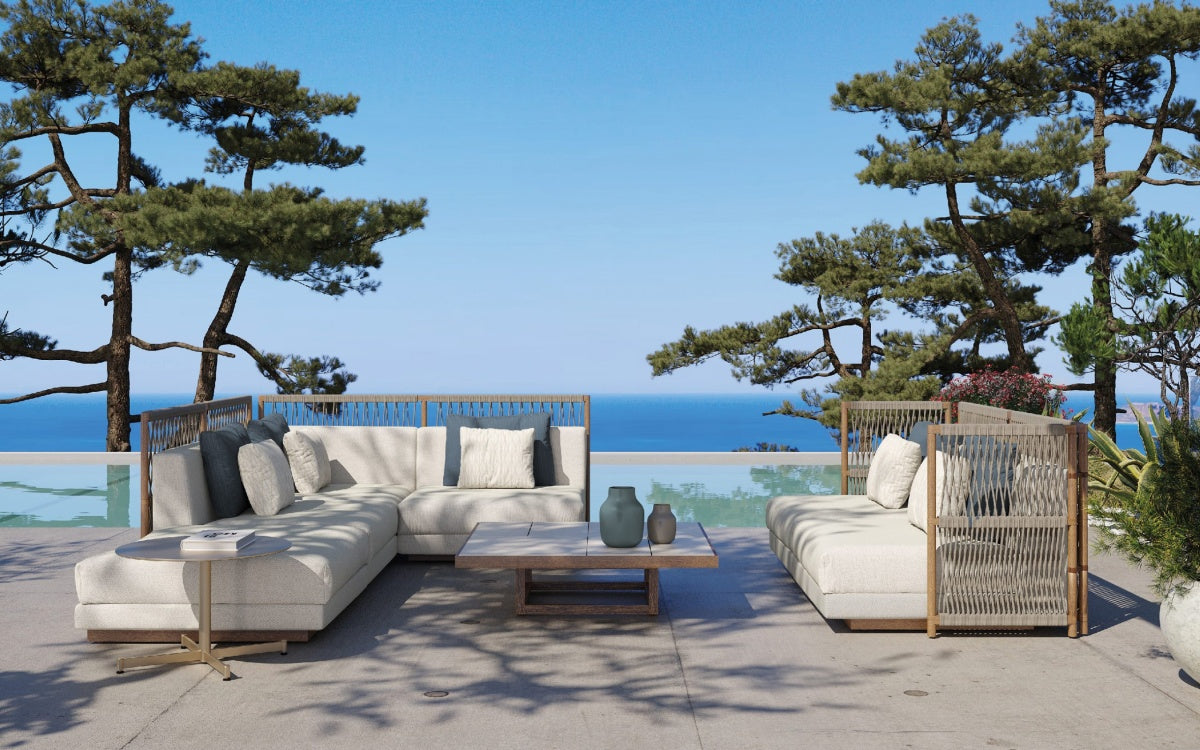
What is the difference between Art Nouveau and Art Deco
Art Nouveau and Art Deco are two of the defining artistic movements of the 20th century, influencing all elements of visual culture, from fine art and design to architecture and graphics. Where Art Nouveau celebrates elegant curves and long lines, Art Deco consists of sharp angles and geometric shapes.
ART NOUVEAU (1880-1914)
Known to us as Art Nouveau or Jugendstil, it first appeared in the second half of the 19th century. Art Nouveau, or "new art", is often considered the first modern art style. It is a pioneer of the avant-garde art movements that followed. Art Nouveau was born from the desire to unify all art and get rid of the boundaries that existed between fine and decorative art. With an eye to the future, Art Nouveau abandoned the limitations of traditional art and marked a new style for the new century.

The industrial origins of Art Nouveau
The birth of Art Nouveau came during the era of industrialization, when European modern identity was defined by an industrial approach and the ever-increasing rise of mass production. Art Nouveau responded to the Industrial Revolution, celebrating craftsmanship and the skill of the artist, and incorporating stylized forms of automation and industrialization.
Color and patterns
The essence of Art Nouveau lies primarily in its inspiration in nature. Reflecting the shapes and lines of organic forms, Art Nouveau art, architecture and design are typically composed of smooth curves, graceful bends and dancing lines. Patterns are asymmetrical. Each element of the design seamlessly connects to create a harmonious aesthetic. Shapes and lines tend to be more prominent than color, and the neutral palette essentially serves to emphasize composition and pattern.

Color is not a defining element of Art Nouveau, nor is it particularly bold or striking. Art Nouveau mostly uses muted colors, ranging from orange and mustard yellow to olive green and light blue.
The most famous artists of this period are Alfons Mucha and Gustav Klimt.
ART DECO (1920-1940)
After thirty years of Art Nouveau, its charm began to fade. Other artistic movements emerged. Art Deco, influenced by modernism and cubism, was first introduced at the International Exhibition of Modern Decorative and Industrial Arts in Paris in 1925. The name Art Deco, originally Arts Décoratifs, was taken from the French title of the exhibition , Exposition Internationale des Arts Décoratifs et Industriels Modernes .
Art Deco marked a change, while still retaining some of the key elements of Art Nouveau. It retained an admiration for modern craftsmanship and combined creative skill with a celebration of technological progress. It was also influenced by the Egyptian, Aztec, and Mesoamerican art that the Western world was discovering over the centuries.

Inspired by technology
The elegant, streamlined, and symmetrical art of Art Deco is decorative and finely balanced. With an emphasis on vertical lines, bold zigzag patterns, and rectilinear shapes, many artists were inspired by technological developments. From the invention of the machine to new materials such as aluminum, stainless steel, glass, and plastic. Natural materials were used only in graphic or textural ways, such as zebra skin or bold fern fronds. Art Deco embodied the fast, bold, and exciting spirit of the early 20th century. World War I was replaced by extravagance, the Jazz Age, and the Art Deco aesthetic.
Everyday life
Although the new Art Deco style was initially a luxury style, intended primarily for the wealthy, it gained immense popularity among the general public. Its typical features were reproduced on a mass scale and in many fields. Objects intended for everyday use were characterized by high gloss, simplified lines and pure colors. Materials such as glass, ceramics, modern Bakelite or polished chrome began to be widely used for the production of objects such as powder compacts, mirrors, wristwatches and lighting.

Influence of avant-garde art
Unlike Art Nouveau, Art Deco emerged at a time when avant-garde art dominated the art scene. Cubism was particularly influential, from its sharp shapes and geometric appearance to its celebration of machines and the industrial age. Art Deco stylistic elements can also be drawn from the angular and dynamic look of futuristic artwork. However, Art Deco remained significant in bridging the gap between art, design and architecture, and it swept across Europe and the United States. Famous buildings in New York City, such as the Chrysler Building and the Empire State Building, embody the Art Deco style and are considered some of the most famous buildings in modern architecture.
Still on track
Art Nouveau and Art Deco trends come and go, but they remain an integral part of modern design. They are very popular in everything that surrounds us, from home interiors and furniture design to oil painting and ceramic sculpture. Artists around the world still adhere to the stylistic features of Art Nouveau and Art Deco.








